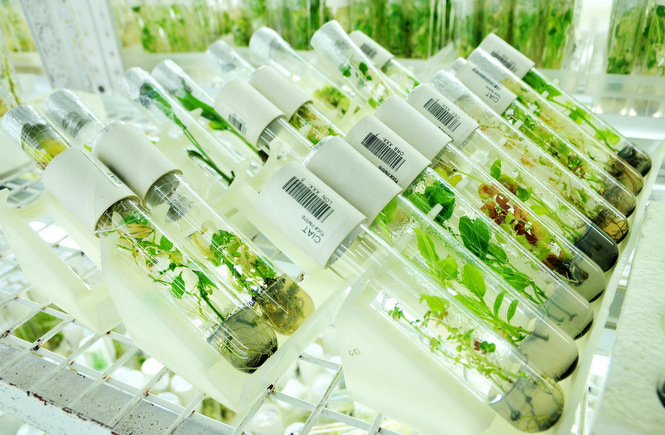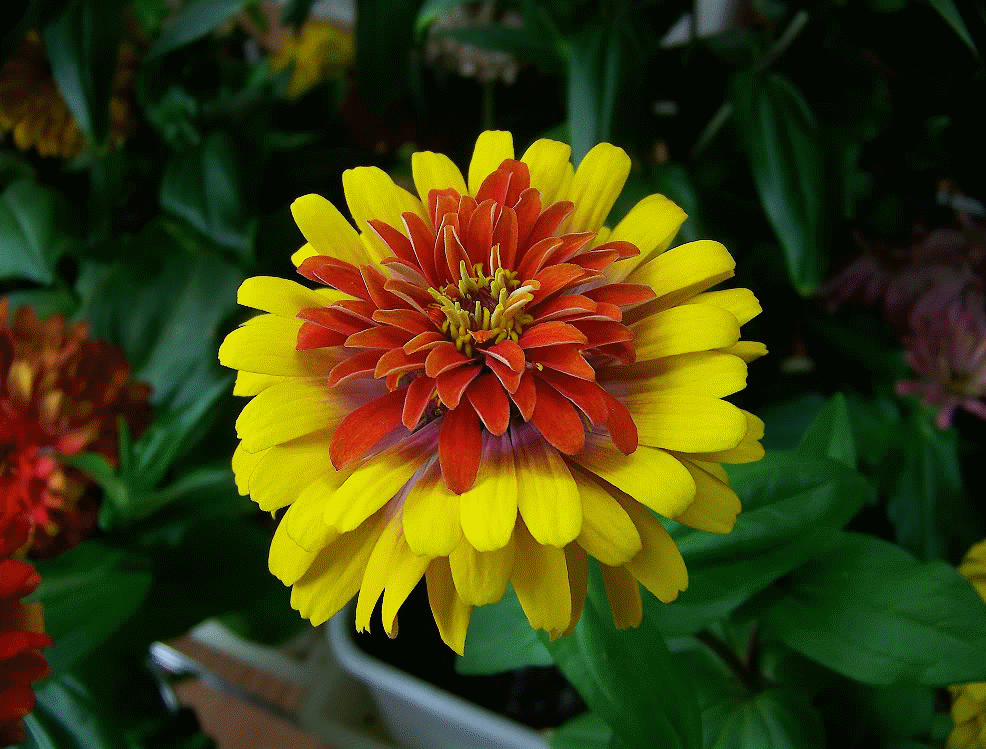 Tissue culture is the best way to produce multiple copies of plants.
Tissue culture is the best way to produce multiple copies of plants. Artificial methods : It is very common practice to vegetatively propagate cultivars (A cultivar is a plant or grouping of plants selected for desirable characteristics that can be maintained by propagation) that have desirable characteristics.
Because of the advantages offered by vegetative propagation, many artificial methods have been developed for multiplication of useful plants. These methods are used in agriculture (for raising crops), and horticulture (cultivation of vegetables, fruits and flowers). The commonest among these are:
- Cutting, as in rose and sugarcane.
- Layering, as in jasmine (Chameli) plant.
- Grafting, as in case of mango.
- Tissue culture or Micropropagation
 Hybridization It is the process of crossing two genetically different individuals to result in a third individual with a different, often preferred, set of traits.
Hybridization It is the process of crossing two genetically different individuals to result in a third individual with a different, often preferred, set of traits. Hybridization : Hybridization is mixing up of the characters of two parents in the new offspring. This may be done between two varieties of the same species or between two different species. The manner of hybridization can be in two ways : cross pollination–the traditional natural method and somatic cell hybridization–an artificial method.
Somatic cell hybridization : Somatic cell means body cells i.e., other than the reproductive cells. In this method, the somatic cells of two varieties or species are fused together. For doing so, first the cell walls are removed by a certain enzyme. The plant cells lacking the cell wall are called protoplasts. The protoplasts of the selected parents are made to fuse with the help of certain chemicals. The resulting fused nucleus is called heterokaryon. The fused protoplasts are cultured, they regenerate their cell wall and start dividing to produce plantlets (little plants).